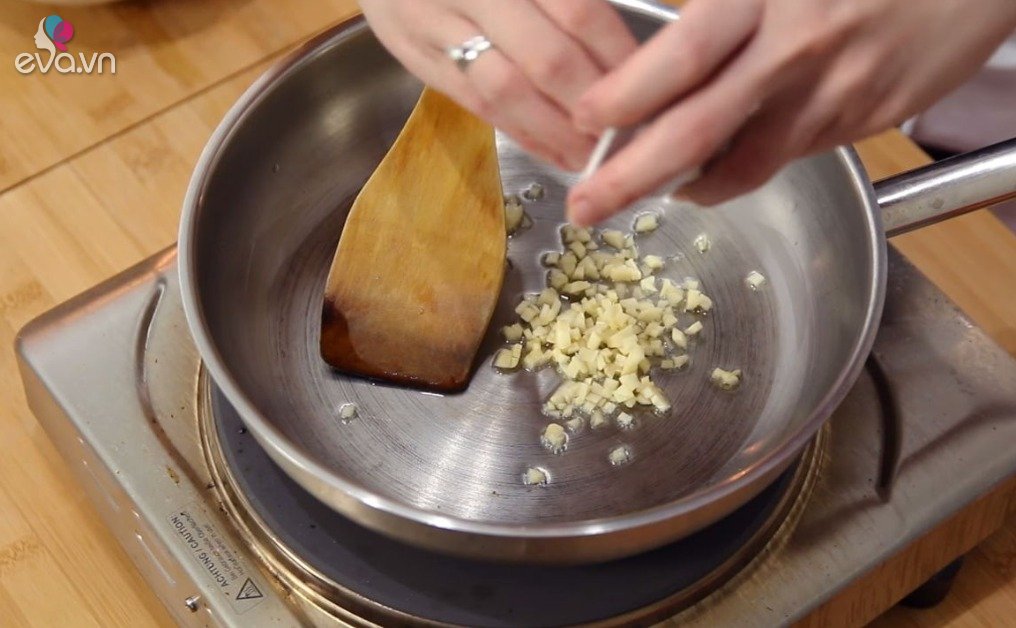Green bananas help treat digestive tract diseases; When ripe yellow or brown spots, bananas have high nutritional content, the ability to prevent cancer.
Some people like to eat ripe bananas, others like the sweet taste when the banana has brown spots on the peel. Besides the difference in taste, the nutritional content and effects of bananas on the body also vary depending on the ripeness.
Green banana
Nursery bananas have been shown to have 20 times more resistant starch than ripe bananas. This is a hard-to-break starch, it goes straight through the intestines and cannot be digested in the small intestine. This slows down the rate at which the carbohydrates in the fruit are converted into glucose and absorbed into the bloodstream.
Resistant starch is beneficial for stabilizing blood sugar levels and is the “food” for beneficial bacteria in the gut. They enhance digestive enzymes that help people digest carbs and absorb vitamins from food, protecting people against harmful microorganisms.
Professor Gordon Carlson, consultant gastric surgeon at the Salford Royal NHS Foundation Trust, says he eats an unripe banana a day to promote gut health. The benefits of green bananas were confirmed in a large analysis, synthesizing 18 studies on the nutritional value of bananas, published in the Journal of Nutrients in 2019.
Studies show that green bananas can cure gastrointestinal diseases (such as diarrhea and constipation), and intestinal diseases such as cancer.
Green, nursed bananas also help treat or prevent type 2 diabetes. Green bananas typically have a glycemic index (GI) of 30, lower than that of a ripe banana.
Unlike other foods, the resistant starch in bananas increases, rather than breaks down when heated. Research published in the Malaysian Journal of Nutrition in 2018 shows that boiled green bananas have a high content of resistant starch.
Other research shows that chilling green (cooked) bananas in the refrigerator increases the amount of resistant starch by 50%. The cooling process causes the starch to form a new structure, which has good resistance to diarrhea.

Banana ripening stages. Image: Whats In
Yellow ripe banana
During ripening, the starch in bananas is converted into sugar, from 3.2g/100g in unripe bananas to 12g/100g in ripe bananas.
“This makes them a great source of fast-metabolizing energy for athletes,” says Dr. Sarah Schenker, registered dietitian nutritionist.
Because of the low amount of resistant starch, yellow bananas are easier to digest. For people with digestive problems, green bananas easily create a feeling of gas and bloating.
Dr. Schenker states that the health benefits of yellow bananas are higher than that of green bananas.
“Bananas contain a number of compounds, such as carotenoids, that help keep eyes healthy and prevent cancer. These compounds are more abundant in ripe bananas. The starch in ripe bananas is easy to decompose, the digestive system absorbs nutrients. curing faster,” she said.
Bananas in general contain vitamin B, antioxidant vitamins A and C, along with the minerals iron, magnesium, manganese, and potassium. Some of these micronutrients are lost as the bananas ripen, but levels of antioxidants, which help support the immune system, are highest.
Research published in 2014 in the International Journal of Food and many other works shows that vitamin levels increase during banana ripening, but decrease when bananas are overripe.
“These antioxidants exist to protect the fruit, which tends to increase as the fruit ripens,” explains Dr Sangeetha Thondre, senior lecturer in nutrition at the Oxford Brookes Center for Nutrition and Health. prefer.
Yellow ripe banana with brown spots
Brown spots appearing on bananas indicate that a lot of starch has been converted to sugar. According to scientists, ripe bananas at this stage produce a substance that helps destroy tumors (substance TNF), has the ability to fight abnormal cells, increase immunity against cancer.
In a study published in 2009 in the Journal of Food Science and Technology Research, scientists at Teikyo University, Japan found that bananas with brown spots help increase the strength of white blood cells (anti-infection). ) is 8 times more than bananas with green skin.
They said the anti-cancer level of the fruit corresponds to the degree of ripeness. The more black patches a banana has, the greater the immunity boost.
Ripe bananas turn brown
Bananas produce ethylene gas, a natural compound that regulates ripening, causing them to turn brown. This changes the texture, flavor, and nutritional value of the banana.
When bananas are overripe, most of the starch is converted to sugar, making it a natural source of sweetness. Dr. Schenker says it’s possible to bake ripe bananas to brown and freeze them to make smoothies or make unsweetened ice cream.
“Using ripe bananas in place of sugar is a healthy way to sweeten foods, as bananas provide essential nutrients: potassium, vitamin B6, folate and some vitamin C,” he says.
However, overripe bananas can ferment, losing many of their nutritional benefits. When overripe, bananas have an alcoholic smell, containing up to 0.5g of alcohol per fruit.
Thuc Linh (According to Daily Mail)
at Blogtuan.info – Source: vnexpress.net – Read the original article here



